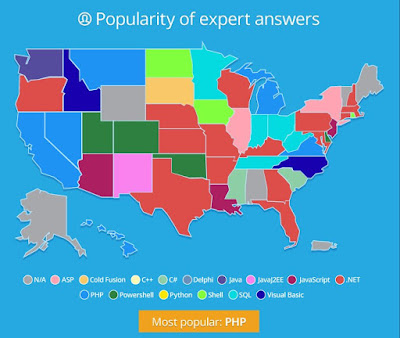Technology rentals are a great way to save you and your business a lot of time and money. Temporary, short-term technology rentals are the perfect solutions for your short-term needs. A lot of event professionals and business professionals are constantly going to trade shows, conventions, conferences, and seminars or hosting things like corporate training events or business meetings and all of these situations have a need for short-term technology rentals. But in order to know exactly what it means to rent technology, you need to hear about it from a professional.
Rentacomputer has been in the business of computer, technology, and AV rentals for over 25 years. However, even after all those years, there are still people who don't quite understand how renting technology works and how it can save you and your business time and money. Rentacomputer provides temporary business-to-business technology, such as computer rentals, office equipment rentals, and AV rentals for business events all over the United States, Western Europe, and Australia.
If that sounds interesting, and it should, you can read more about what Rentacomputer does and how it can benefit you and your business here!
Rentacomputer has been in the business of computer, technology, and AV rentals for over 25 years. However, even after all those years, there are still people who don't quite understand how renting technology works and how it can save you and your business time and money. Rentacomputer provides temporary business-to-business technology, such as computer rentals, office equipment rentals, and AV rentals for business events all over the United States, Western Europe, and Australia.
If that sounds interesting, and it should, you can read more about what Rentacomputer does and how it can benefit you and your business here!





































